Choosing Grow Lights For Your Greenhouse
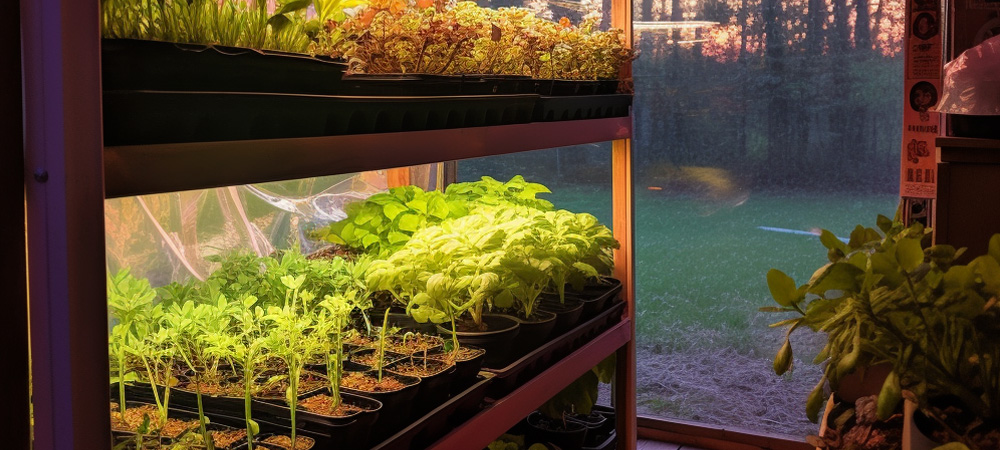
The plants in your greenhouse will flourish just fine with natural light only.
However, if you want them to flourish throughout the year, you may need to add grow lights.
These lights can be highly effective when growth is compromised by other plants, shelving units, trees and limited daylight.
Grow lights can work wonders in your greenhouse whether you’re a seasoned gardener or are just starting out.
Some of these lights can replace natural sunlight completely.
When you are selecting grow lights for your greenhouse, think about factors such as cost, light spectrum and illumination.
Grow lights may well be the ideal solution for you if you don’t have sufficient lighting inside your greenhouse.
A good amount of supplemental light can boost photosynthesis, speed up the germination process and provide you with incredibly healthy blooms.
If you want to buy a greenhouse, consider South West Greenhouses.
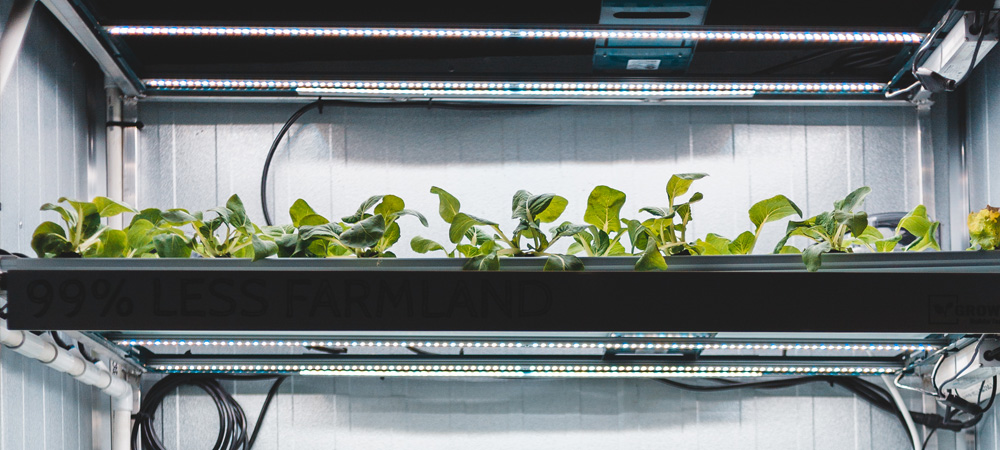
Why might grow lights be necessary for your greenhouse?
Plants simply cannot grow without light. Light is needed by plants so they can photosynthesize. This process enables plants to convert light, oxygen and water into the energy they need to grow.
However, not all light is the same. The chlorophyll in plants is responsive to specific wavelengths of light, absorbing the maximum light when exposed to red and blue lights, or light in the range of 400-700 nm. Green light is not as easily absorbed, but this enables it to penetrate deeper into leaf tissues.
Household light bulbs are not recommended for growing plants. Incandescent light bulbs may be cheap and offer a continuous light spectrum, but they need to be placed far away from your plants so they don’t give out too much heat and burn your leaves.
These lights also only have a lifespan of around 1,000 hours, which means they are not cost-efficient.
The blue light that’s given out by fluorescent bulbs can encourage bushy growth from plants. These plants are cooler and more energy efficient than their incandescent counterparts.
Nonetheless, neither household fluorescent nor incandescent lights are noted for supporting healthy, efficient plant development.
Grow lights have been specifically designed to ensure all light spectrum requirements are met.
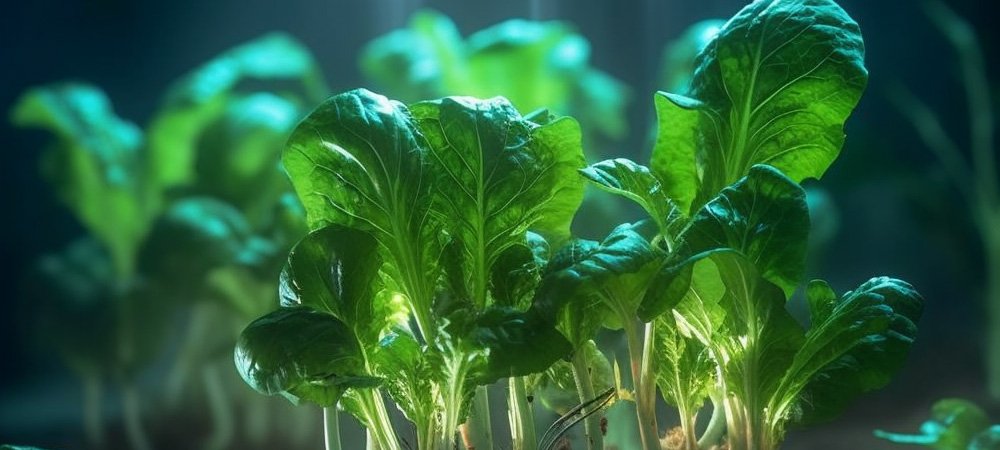
What different types of greenhouse grow lights are there?
There are various kinds of bulbs which are used as grow lights. Let’s take a look at these now.
- T-5 bulbs are full-spectrum fluorescent lights that can give an efficient and high output of light. They use less power than incandescent lights and are able to serve up to 50,000 hours.
- HID or High-Intensity Discharge bulbs can give you the efficiency you need especially when you want to plant over a wide area. However, they have to be installed at a distance as they can get hot and burn your leaves. There are two kinds of HID bulbs, which are high-pressure sodium and metal halide.
- High-pressure sodium (HPS) bulbs emit red light that’s great for encouraging flowering and budding.
- Metal halide bulbs emit blue light that stimulates bushy plant growth.
- Light-emitting diodes, or LEDs, have become more popular than many other types of grow lights. They offer an appealing blend of performance, energy efficiency, and lifespan. LEDs come in blue and red colours, give off little to no heat, and are renowned for their energy efficiency.
They also have an average 11-year lifespan.
What to look for when buying greenhouse grow lights
When you’re thinking about buying greenhouse grow lights, you need to seek out products which can cover a greater area than the lights you would use for house plants.
These lights also need to be both long-lasting and energy efficient.
Although you can use grow lights alone, it’s also possible to daisy chain them together to cover a wider area.
Are grow lights waterproof?
Most grow lights designed for greenhouse use are waterproof or highly water resistant at least. Waterproof and water-resistant lights are required as you’ll be watering your plants regularly.
Greenhouses can also be rather humid. If your greenhouse lights aren’t sealed properly, they might start to malfunction if they are exposed to too much moisture.
Before you go ahead with a purchase, make sure the product is either waterproof or highly resistant to moisture.
Related:
- Greenhouse Lighting Ideas
- How to Heat a Greenhouse
- How to Insulate a Greenhouse
- How to Shade a Greenhouse
- Grow Bags vs Pots
- What Vegetables to Grow in a Greenhouse
- Greenhouse Gardening for Beginners
- How to Clean a Greenhouse
- How to Dismantle a Greenhouse
- What is a Greenhouse?
- How Does a Greenhouse Work?
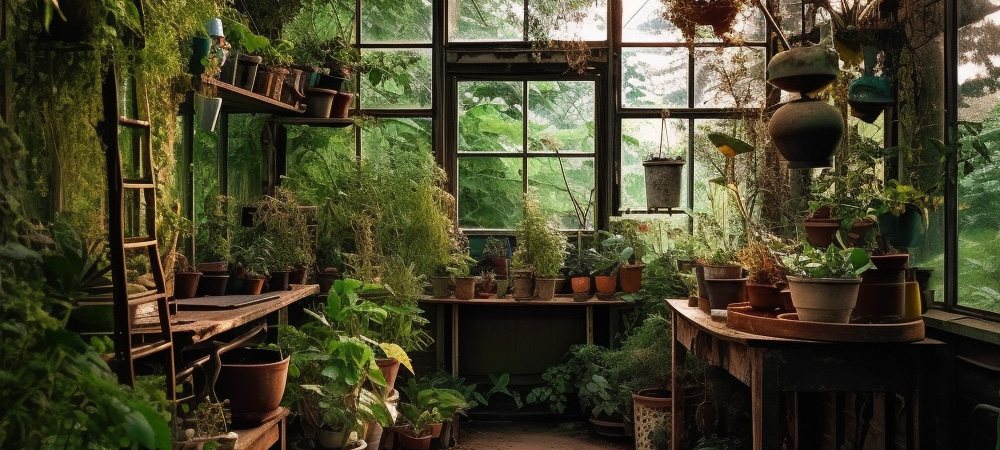
How much surface area do grow lights cover?
Another thing you need to think about when you’re shopping for grow lights is how much surface area they’re able to cover.
If you want to light a whole greenhouse or multiple shelving units, calculate the total surface area so you know how many lights you require.
You can often use watts to get a good idea of how much surface area a grow light will cover. Just makes sure you’re not opting for too much light as you could risk burning your plants. LED lights also operate more efficiently than traditional grow lights.
This means you can achieve the same amount of light for fewer watts. Some LED grow lights use 25 watts for example but can give off the equivalent of a traditional 50-watt light.
How far should I place grow lights from the plant canopy?
Although grow lights with higher wattage levels tend to be more powerful and give off more light, LEDs can be more efficient at lower wattage. The “displayed wattage” of an LED grow light can tell you how far away your grow light should be placed from your plant canopy.
To help you get started, here’s a general guide:
- 100 W = 8 -12 inches away
- 200- 399 W = 12- 20 inches away
- 400- 599 W= 20- 30 inches away
- 600+ W = 30+ inches away
To get the best results, monitor your plants at various distances. If your plant looks leggy or is stretching towards the light, the grow light should be moved closer. However, you’ll need to move the grow light further away if you detect bleaching or leaf burn.
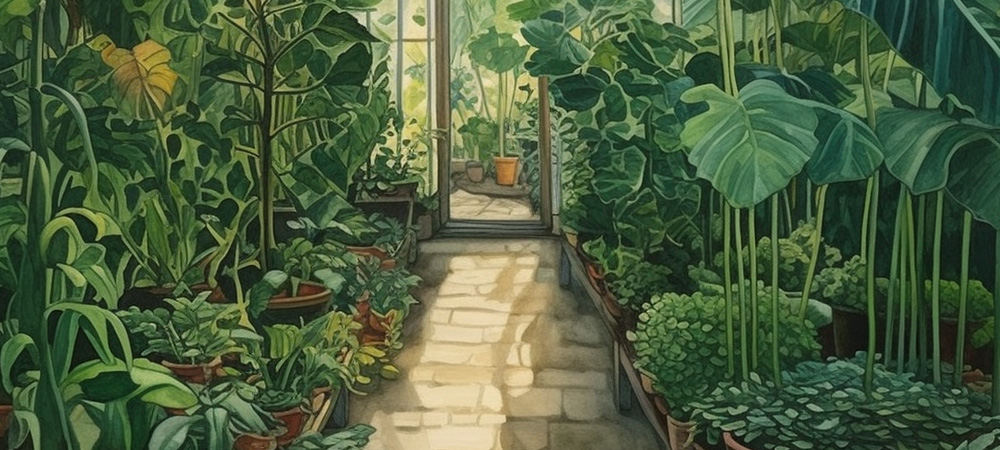
Low-light vs. full-sun plants
When you are selecting and placing greenhouse grow lights, you’ll also need to think about the requirements of individual plants.
Low-light plants including tropical houseplants don’t need so much direct light to prosper. You can place your grow lights further away from the canopy, or you can cut down the amount of time your grow light is turned on during the day.
Alternatively, you could take both of these steps. Plants that love the sun like tomatoes can need as much as 16 hours of bright light close to the canopy.
It’s wise to group plants that have similar light requirements together so that grow lights can be adjusted accordingly. Grow lights should be placed further away from the canopy when you’re working with low-light plants.
However, if plants need full-sun conditions, the lights should be placed closer. You can also use a timer to set grow lights on a specific schedule.
Are different grow lights necessary for different plant stages?
Plants tend to require different light ratios during their life cycle. Seedlings tend to require blue lights, whilst more red light might be needed when plants are developing blooms and fruit.
Some greenhouse grow lights give a balanced light spectrum which means the requirements of all plant stages are met. Some grow lights also allow switching between different modes to support stages like blooming and leafing.
A full spectrum glow light can help you avoid installing different grow lights.
What else do I need to consider?
Energy efficiency and cost are important considerations. Grow lights can vary substantially when it comes to energy efficiency. LEDs tend to be the most energy efficient. You can get the same intensity as a 1000W HPS lamp from a 600W LED light, which will cost much less to run.
Light spectrum is another important thing to think about when you’re looking for grow lights. Whilst some plants thrive under red light and promote flowering and fruiting, other plants need blue light for the purpose of leaf growth. A full-spectrum light can give you all the light colours you need. For example, they can cover all stages of tomato growth from seedling to fruit production.
The duration of light exposure shouldn’t be ignored. The amount of light your plants receive daily is known as the photoperiod and this plays a pivotal role in growth. Different plants have different requirements when it comes to light duration. For instance, lettuces need around 14 – 16 hours of light a day to grow properly.
Heat output is also important. Some grow lights emit a high amount of heat and can damage your plants if you place them too close or if your greenhouse doesn’t have enough ventilation. LED lights don’t emit a great deal of heat. This means many gardeners opt for LED lights when they are growing plants like orchids, which are very sensitive to heat.
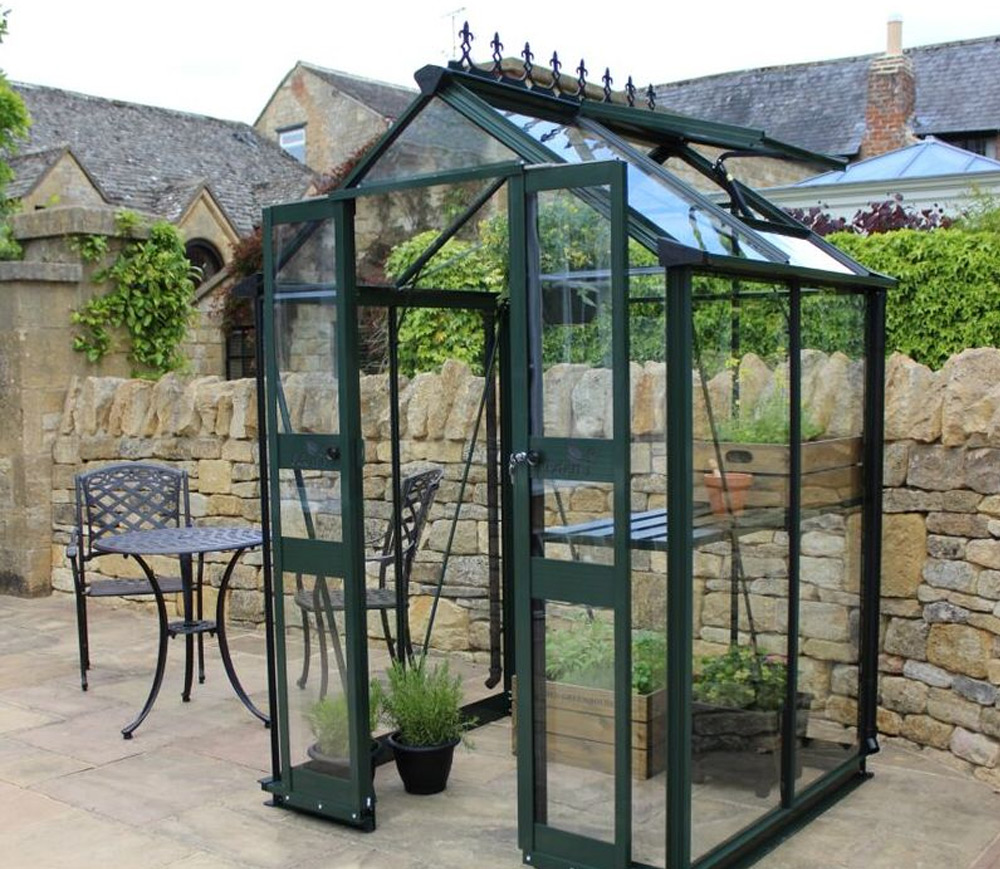
You’ll also need to consider maintenance and lifespan. LED lights last longer and don’t need as much maintenance as other types of grow lights. An LED light can last for 50,000 hours or even more, whilst it’s likely you’ll need to replace an HPS bulb after about 10,000 hours of use. Safety is also vital.
You’ll need to ensure your lights are installed securely and that water sources are kept away from your lights. Heat output must also be managed effectively to prevent fire. Perhaps you’re considering buying a high-intensity light such as HPS? If so, consider installing a fan or cooling system so you can manage heat output effectively.
There may also be legal considerations to think about. Depending on where you’re based, you may need to meet certain regulations. Make sure it’s legal to use the kind of light you want to purchase in your area. High-intensity discharge lights might have restrictions due to how much energy they use.
You may also wish to consider opting for a DIY grow light installation. Commercial grow lights may give you greater control and efficiency, but you may be able to save money by going down the DIY route.
Some gardeners have used a setup of standard fluorescent shop lights to start seedlings indoors. Just remember that a DIY set-up may not give you the same spectrum control or light intensity as a commercial setup.
Conclusion
We hope you enjoyed our post on greenhouse grow lights.
If you have any questions, leave them in the comments, or contact us at support@swgreenhouses.co.uk
 Author:
Author: